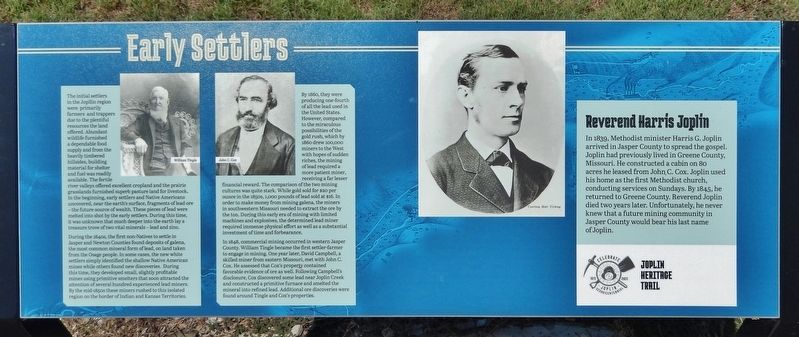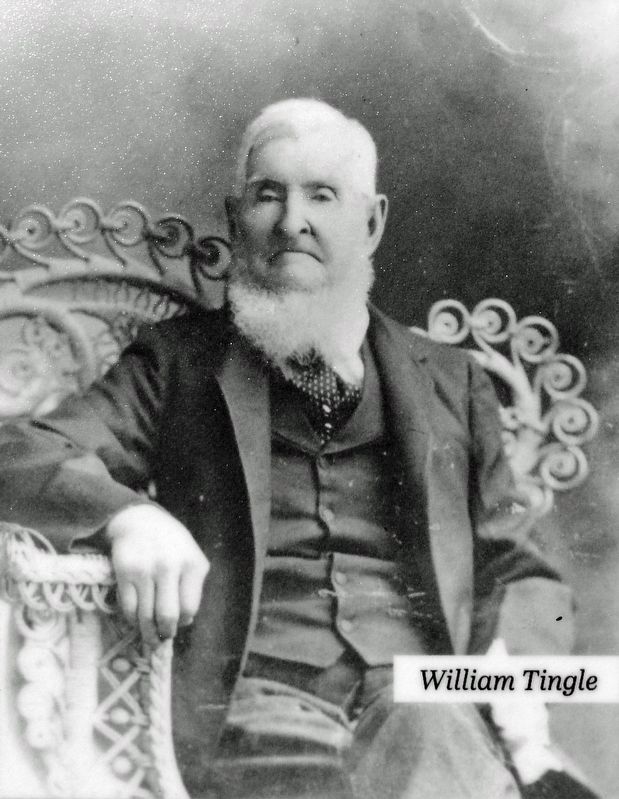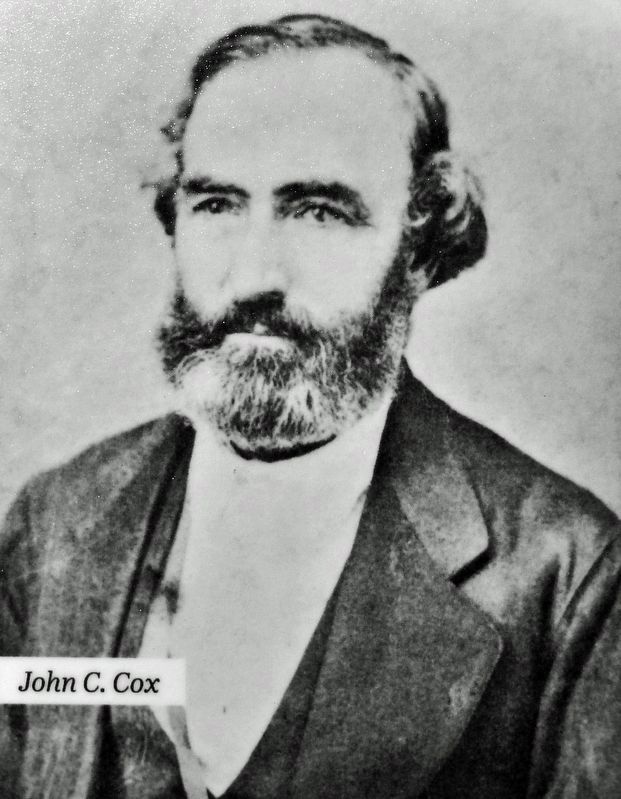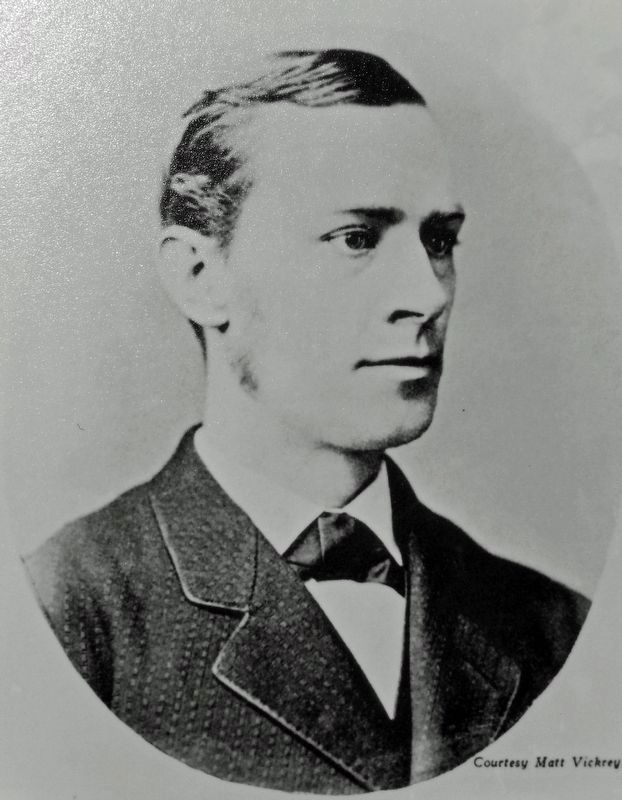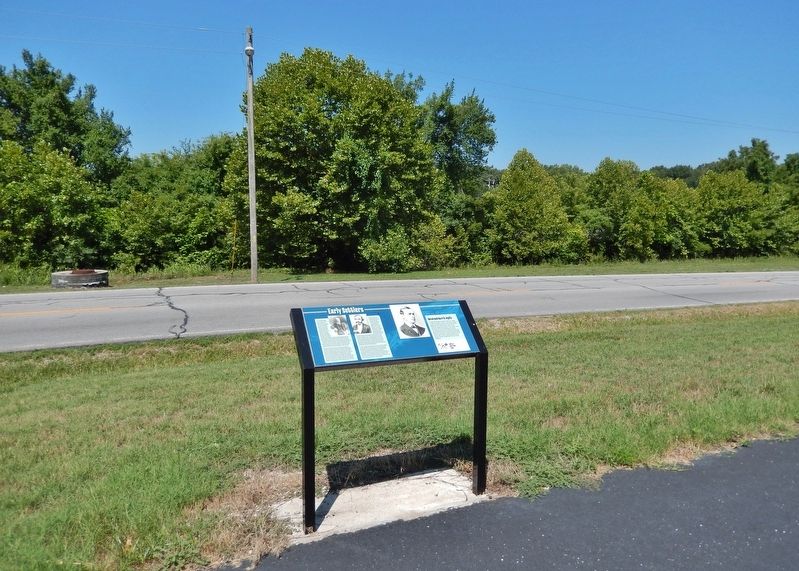Joplin Township in Jasper County, Missouri — The American Midwest (Upper Plains)
Early Settlers
The initial settlers in the Joplin region were primarily farmers and trappers due to the plentiful resources the land offered. Abundant wildlife furnished a dependable food supply and from the heavily timbered hillsides, building material for shelter and fuel was readily available. The fertile river valleys offered excellent cropland and the prairie grasslands furnished superb pasture land for livestock. In the beginning, early settlers and Native Americans uncovered, near the earth's surface, fragments of lead ore — the future source of wealth. These pieces of lead were melted into shot by the early settlers. During this time, it was unknown that much deeper into the earth lay a treasure trove of two vital minerals — lead and zinc.
During the 1840s, the first non-Natives to settle in Jasper and Newton Counties found deposits of galena, the most common mineral form of lead, on land taken from the Osage people. In some cases, the new white settlers simply identified the shallow Native American mines while others found new discoveries. During this time, they developed small, slightly profitable mines using primitive smelters that soon attracted the attention of several hundred experienced lead miners. By the mid-1850s these miners rushed to this isolated region on the border of Indian and Kansas Territories.
By 1860, they were producing one-fourth of all the lead used in the United States. However, compared to the miraculous possibilities of the gold rush, which by 1860 drew 100,000 miners to the West with hopes of sudden riches, the mining of lead required a more patient miner, receiving a far lesser financial reward. The comparison of the two mining cultures was quite stark. While gold sold for $20 per ounce in the 1850s, 1,000 pounds of lead sold at $16. In order to make money from mining galena, the miners in southwestern Missouri needed to extract the ore by the ton. During this early era of mining with limited machines and explosives, the determined lead miner required immense physical effort as well as a substantial investment of time and forbearance.
In 1848, commercial mining occurred in western Jasper County. William Tingle became the first settler-farmer to engage in mining. One year later, David Campbell, a skilled miner from eastern Missouri, met with John C. Cox. He assessed that Cox's property contained favorable evidence of ore as well. Following Campbell's disclosure, Cox discovered some lead near Joplin Creek and constructed a primitive furnace and smelted the mineral into refined lead. Additional ore discoveries were found around Tingle and Cox's properties.
In 1839, Methodist minister Harris G. Joplin arrived in Jasper County to spread the gospel. Joplin had previously lived in Greene County, Missouri. He constructed a cabin on 80 acres he leased from John C. Cox. Joplin used his home as the first Methodist church, conducting services on Sundays. By 1845, he returned to Greene County. Reverend Joplin died two years later. Unfortunately, he never knew that a future mining community in Jasper County would bear his last name of Joplin.
Erected by Joplin Heritage Trail.
Topics. This historical marker is listed in these topic lists: Agriculture • Churches & Religion • Industry & Commerce • Settlements & Settlers. A significant historical year for this entry is 1860.
Location. 37° 5.643′ N, 94° 30.63′ W. Marker is in Joplin, Missouri, in Jasper County. It is in Joplin Township. Marker is on Northwest Murphy Boulevard south of East Pool Street, on the right when traveling north. Marker is located along the recreational trail in Landreth Park. Touch for map. Marker is at or near this postal address: 1001 Northwest Murphy Boulevard, Joplin MO 64801, United States of America. Touch for directions.
Other nearby markers. At least 8 other markers are within walking distance of this marker. Osage Nation (within shouting distance of this marker); Discovery of Lead (about 300 feet away, measured in a direct line); First Major Lead Strike (about 600 feet away); Birds Eye View of Joplin 1877 (approx. 0.2 miles away); The Connor Hotel (approx. 0.4 miles away); Joplin (approx. half a mile away); Quinby Building (approx. half a mile away); Swartz & Malsbury Building (approx. half a mile away). Touch for a list and map of all markers in Joplin.
Related markers. Click here for a list of markers that are related to this marker. Joplin Heritage Trail
Also see . . .
1. Joplin, Missouri (Wikipedia). Excerpt:
While Joplin was first settled for lead mining, zinc, often referred to as "jack", was the most important mineral resource. As railroads were built to connect Joplin to major markets in other cities, it was on the verge of dramatic growth. Construction centered around Main Street, with many bars, hotels, and fine homes nearby. Trolley and rail lines made Joplin the hub of southwest Missouri. As the center of the "Tri-state district", it soon became the lead-and-zinc-mining capital of the world.(Submitted on August 9, 2023, by Cosmos Mariner of Cape Canaveral, Florida.)
2. History of Joplin. Excerpt:
Although often believed to have been named for the ragtime composer Scott Joplin, who lived in Sedalia, Missouri, Joplin is named for Reverend Harris Joplin, an early settler and the founder of the area's first Methodist congregation. Joplin was established in 1873 and expanded significantly from the wealth created by the mining of zinc; its growth faltered after World War II when the price of the mineral collapsed. The city gained travelers as Route 66 passed through it; "Joplin, Missouri" is among the lyrics to Bobby Troup's legendary song, immortalizing the city among others on the famous highway.(Submitted on August 9, 2023, by Cosmos Mariner of Cape Canaveral, Florida.)
Credits. This page was last revised on August 9, 2023. It was originally submitted on August 9, 2023, by Cosmos Mariner of Cape Canaveral, Florida. This page has been viewed 73 times since then and 21 times this year. Photos: 1, 2, 3, 4, 5. submitted on August 9, 2023, by Cosmos Mariner of Cape Canaveral, Florida.
